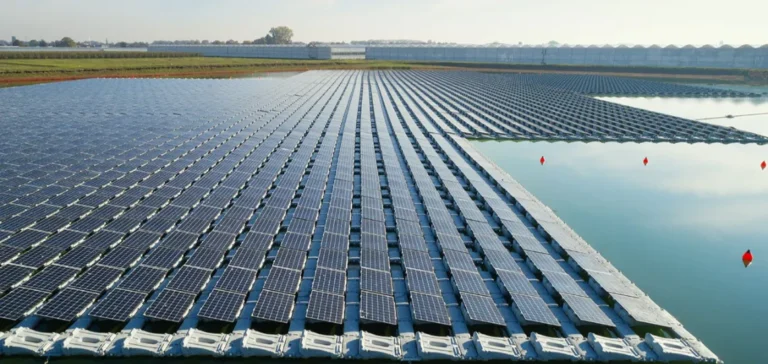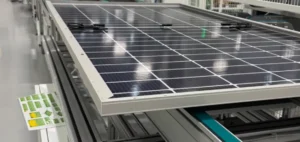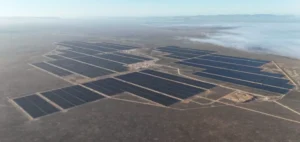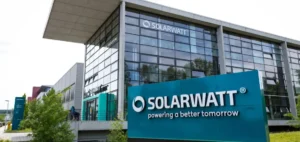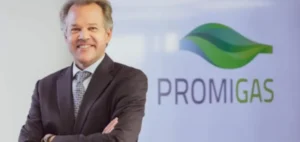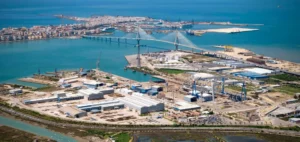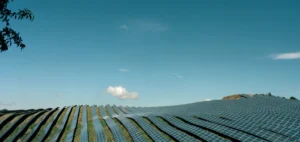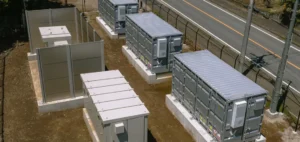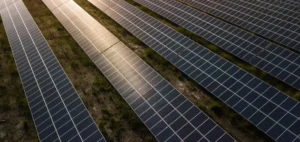The global floating solar panels market generated $55.11mn in 2024 and is projected to reach $84.90mn by 2032, according to the latest sector data. This growth is underpinned by a 5.55% compound annual growth rate, driven by large-scale projects in Asia, Europe and North America.
Large reservoirs driving demand
More than 1.8 GW of floating solar capacity was added in 2024, marking the highest annual addition to date. Countries including China, India, Japan, South Korea and the Netherlands have increased investments, integrating these systems with existing hydropower infrastructure. Floating technology is now regarded as an effective solution to land scarcity while optimising the use of industrial water bodies.
Floating solar panels benefit from the natural cooling effect of water, boosting efficiency by approximately 9%. This model also reduces land-use conflicts with agriculture or urban development. In 2024, most utility-scale projects were deployed on hydropower reservoirs and industrial basins.
Stationary technology dominates the market
Stationary floating solar panels accounted for more than 82% of global revenue in 2024, or around $45.19mn. Their low installation cost, simplified anchoring, and suitability for large water surfaces explain their wide adoption. The 320 MW Dezhou project in China exemplifies this dominant trend.
In parallel, tracking systems – valued at around $9.92mn – are drawing increasing interest. Although they offer up to 18% higher output by adjusting to the sun’s position, their installation complexity limits deployment to stable inland sites.
Gradual emergence of offshore floating solar
Installations on inland water bodies accounted for nearly 90% of the market in 2024, generating approximately $49.6mn. This segment remains preferred due to stable anchoring conditions and more predictable permitting procedures. The Asia-Pacific region continues to focus efforts here, integrating solar panels with hydropower infrastructure for shared grid efficiency.
Offshore floating solar, still nascent with only 10% of the market ($5.5mn), is showing signs of acceleration. Ongoing projects in Singapore, the Netherlands and the United Arab Emirates are testing structures resilient to waves and salt corrosion. This niche is expected to grow faster than the onshore segment from 2026 onward.
Photovoltaics lead the technology race
Photovoltaic (PV) technology generated over 95% of revenue in 2024, or $52.35mn. Crystalline silicon PV modules remain the industry standard due to performance, cost efficiency and widespread availability. This trend is expected to continue, supported by ongoing optimisation of floating structures and declining PV module prices.
Alternative technologies such as Concentrated Solar Power (CSP) and Concentrator Photovoltaics (CPV) accounted for just 5% of the market, or around $2.76mn. Their adoption remains limited due to weight, high capital expenditure, and reliance on direct solar irradiance. However, European pilot projects are exploring lighter CSP mirrors and hybrid-floating CPV structures.


